After the Floods
August 13th, 2015This is Passport to Texas
A year ago this time, the majority of the state was in the throes of exceptional drought. That changed Memorial Day weekend 2015 when the skies opened up over Texas.
10- The official status from the US Drought Monitor is that Texas is about 92 percent drought-free right now, which we haven’t seen in many, many years.
And this is good news, says Cindy Loeffler, water resources branch chief at Texas Parks and Wildlife.
11- That’s not to say that every part of the state is completely drought free. If you go up into the Texas Panhandle, there are still some regions up there that would dearly love to have a bit of this rainfall.
For areas that received extreme rainfall, changes are evident, and biologists are optimistic about the short and long term affects.
20- Many of our reservoirs have been so low that you couldn’t even access via boat ramps to go fishing. And so now that situation has been improved. And then a lot of the terrestrial and wildlife biologists are very excited about–not only the conditions now–but going into the fall, for deer, white-tailed deer, mule
deer, migrating waterfowl–that kind of thing in the fall.
You won’t have to wait long to see those outcomes, as fall is right around the corner.
The Wildlife and Sport Fish Restoration Program supports our series.
For Texas Parks and Wildlife, I’m Cecilia Nasti.
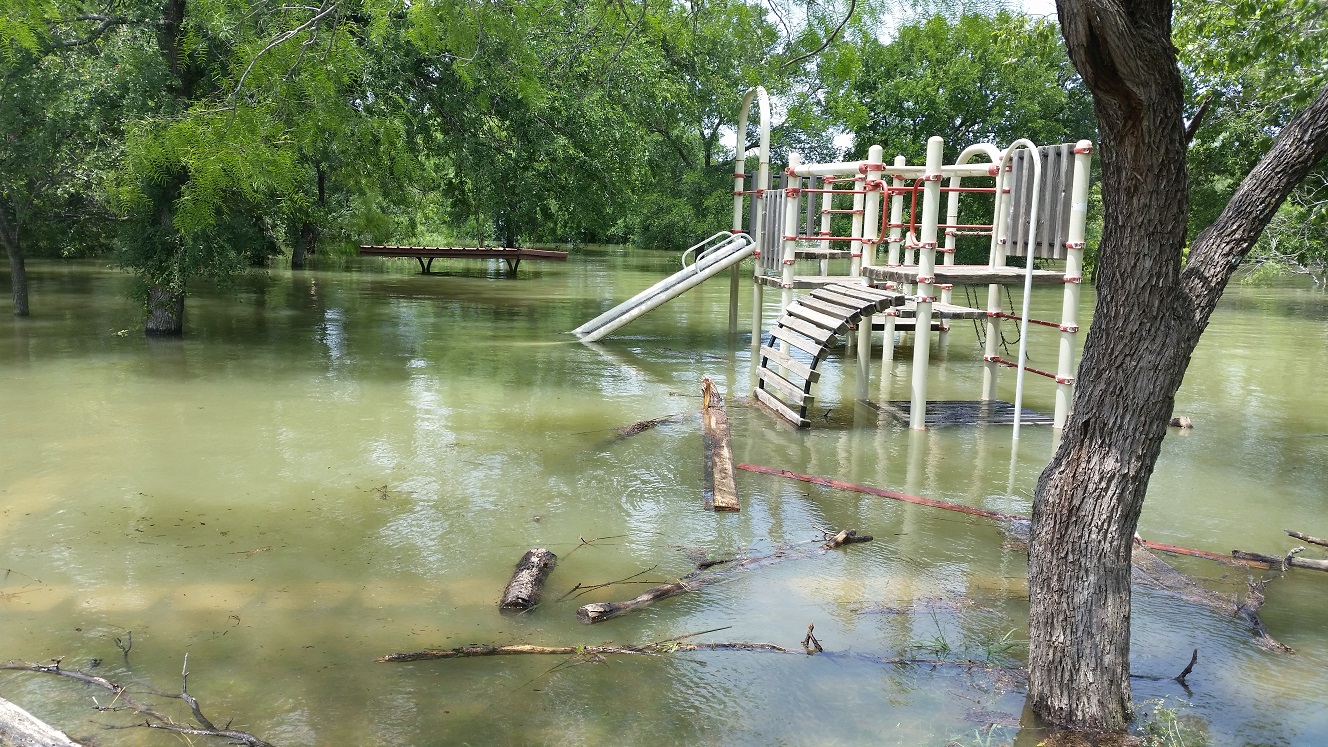

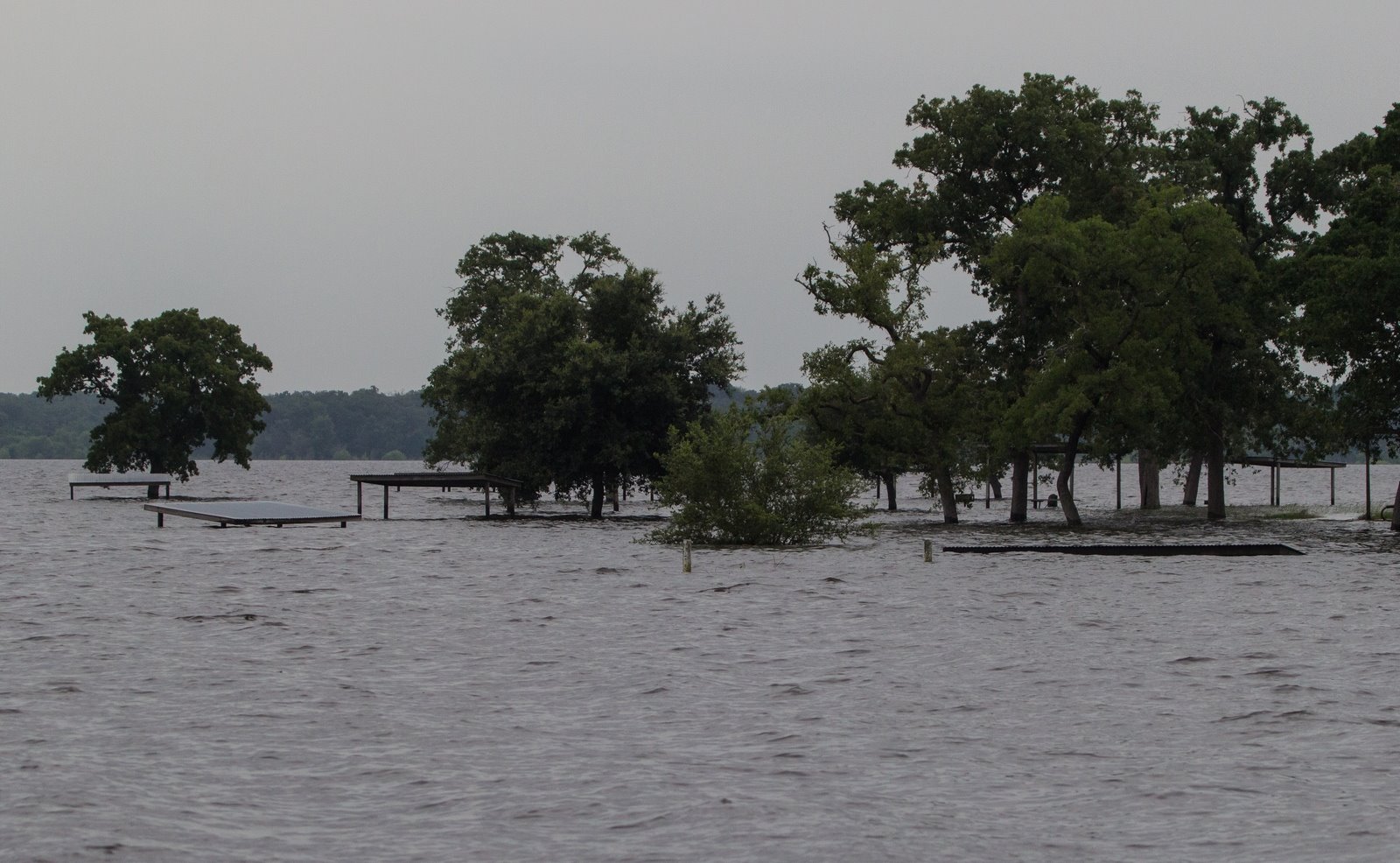
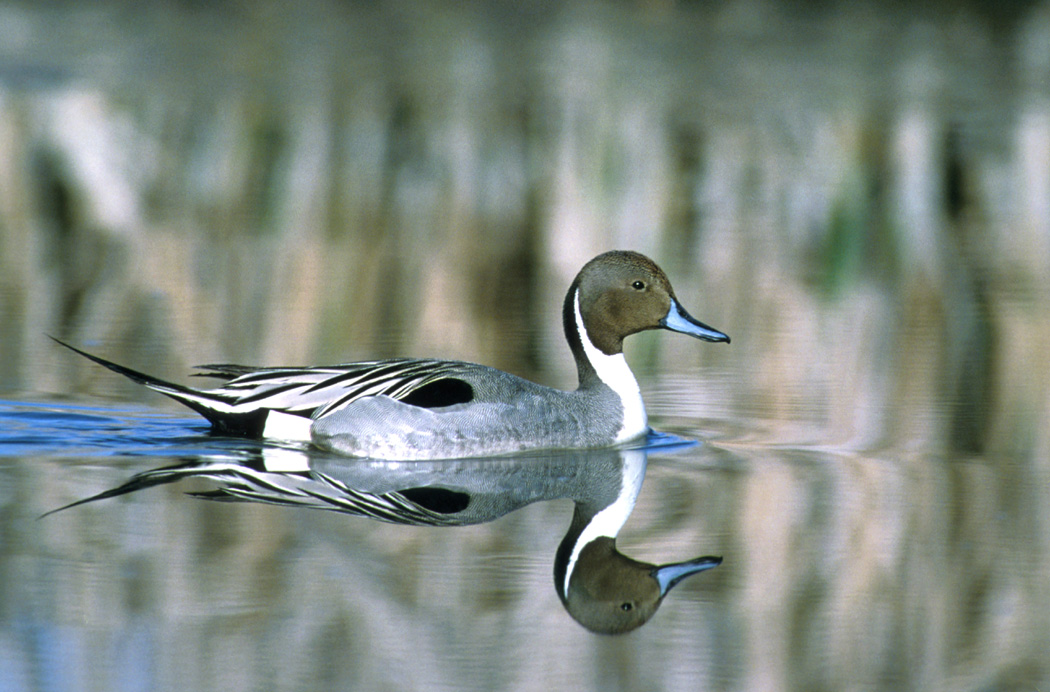
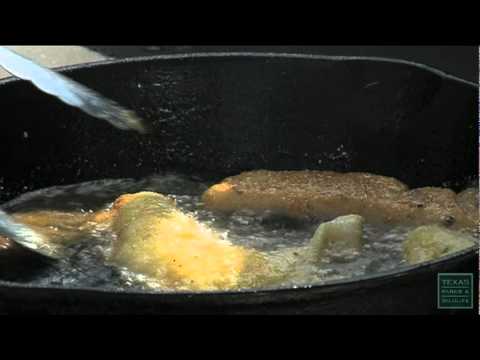
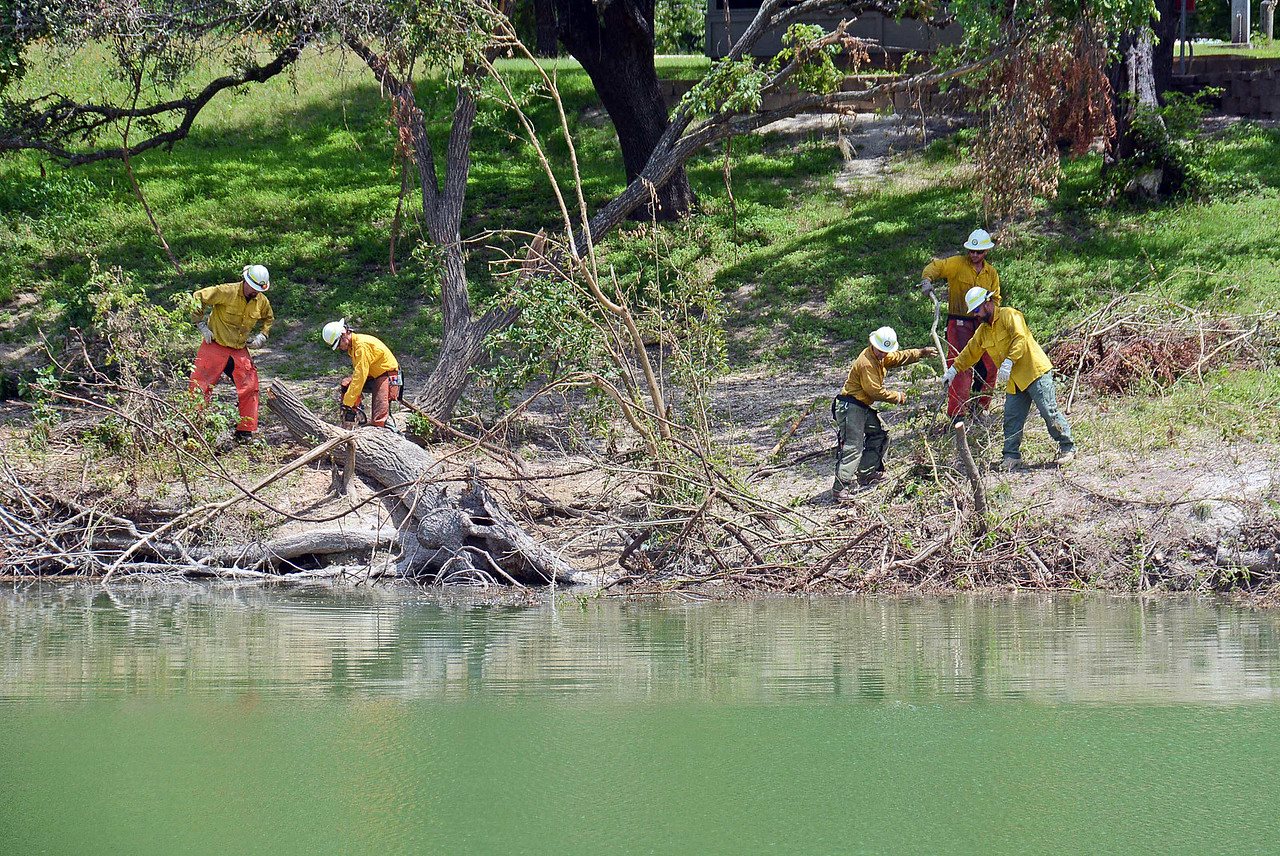

 Passport to Texas is a
Passport to Texas is a  Passport to Texas is made available by:
Passport to Texas is made available by: